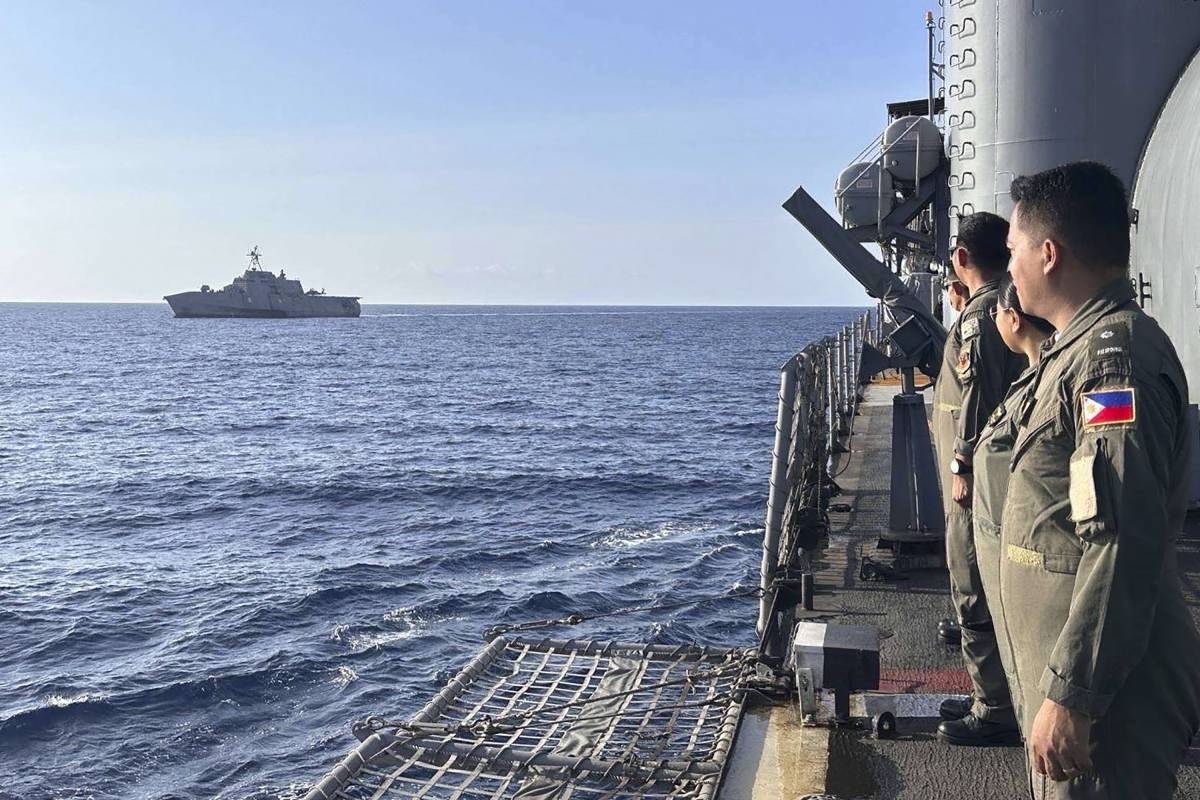The United States and the Philippines recently completed their third joint sea and air patrol in the South China Sea, highlighting their commitment to strengthening defense ties in the region. These patrols come as China’s assertiveness in the area continues to grow, prompting concerns among neighboring countries and the international community.
In addition to the joint patrols between the US and the Philippines, the US and Japanese navies also conducted joint drills in the Philippine Sea. These exercises serve as a show of force in response to the escalating tensions with China and North Korea.
The United States, which has a mutual defense pact with the Philippines, has been vocal in denouncing aggressive Chinese actions towards its ally. It has also pledged to ensure the freedom of navigation in the South China Sea, a crucial waterway through which trillions of dollars worth of trade passes each year.
China, on the other hand, claims nearly the entire South China Sea, disregarding an international ruling that declared its claims to have no legal basis. This has raised concerns among other countries in the region, including the Philippines. Furthermore, China has been increasing military drills in the Taiwan Strait, heightening tensions over its claim on the self-ruled island of Taiwan.
During the recent sea and air patrols, the US combat ship USS Gabrielle Giffords and an MH-60S Sea Hawk helicopter operated alongside the Philippine Navy’s BRP Gregorio del Pilar warship and an AW109 helicopter. The exact location of the patrol was not disclosed, but the Philippine military stated that it took place within its exclusive economic zone.
Captain Sean Lewis, commodore of US Destroyer Squadron 7, emphasized the importance of these joint operations, stating, “Sailing and operating together demonstrates our commitment to improving our interoperability and continued coordination.” General Romeo Brawner, the Philippine military chief, echoed this sentiment, emphasizing that the patrols contribute to enhancing their maritime capabilities and further solidify the enduring partnership between the Philippines and the US.
This recent joint patrol follows previous exercises conducted by the US and the Philippines in November and January, coinciding with China’s military drills in the same waters. These exercises were prompted by a tense standoff between China and the Philippines over disputed reefs in the South China Sea. The standoff resulted in a collision between vessels from both countries and saw Chinese ships using water cannons against Philippine boats.
As tensions in the South China Sea continue to rise, joint patrols and exercises between the United States and the Philippines serve as a clear message of their commitment to regional security and stability. These operations not only enhance their interoperability but also demonstrate their resolve to uphold international laws and norms in the face of China’s assertiveness.
The international community closely watches developments in the South China Sea, as the outcome of these disputes could have far-reaching implications for regional stability and global trade. It is crucial for countries to engage in peaceful dialogue and cooperation to address these challenges and ensure the peaceful resolution of disputes in accordance with international law.







